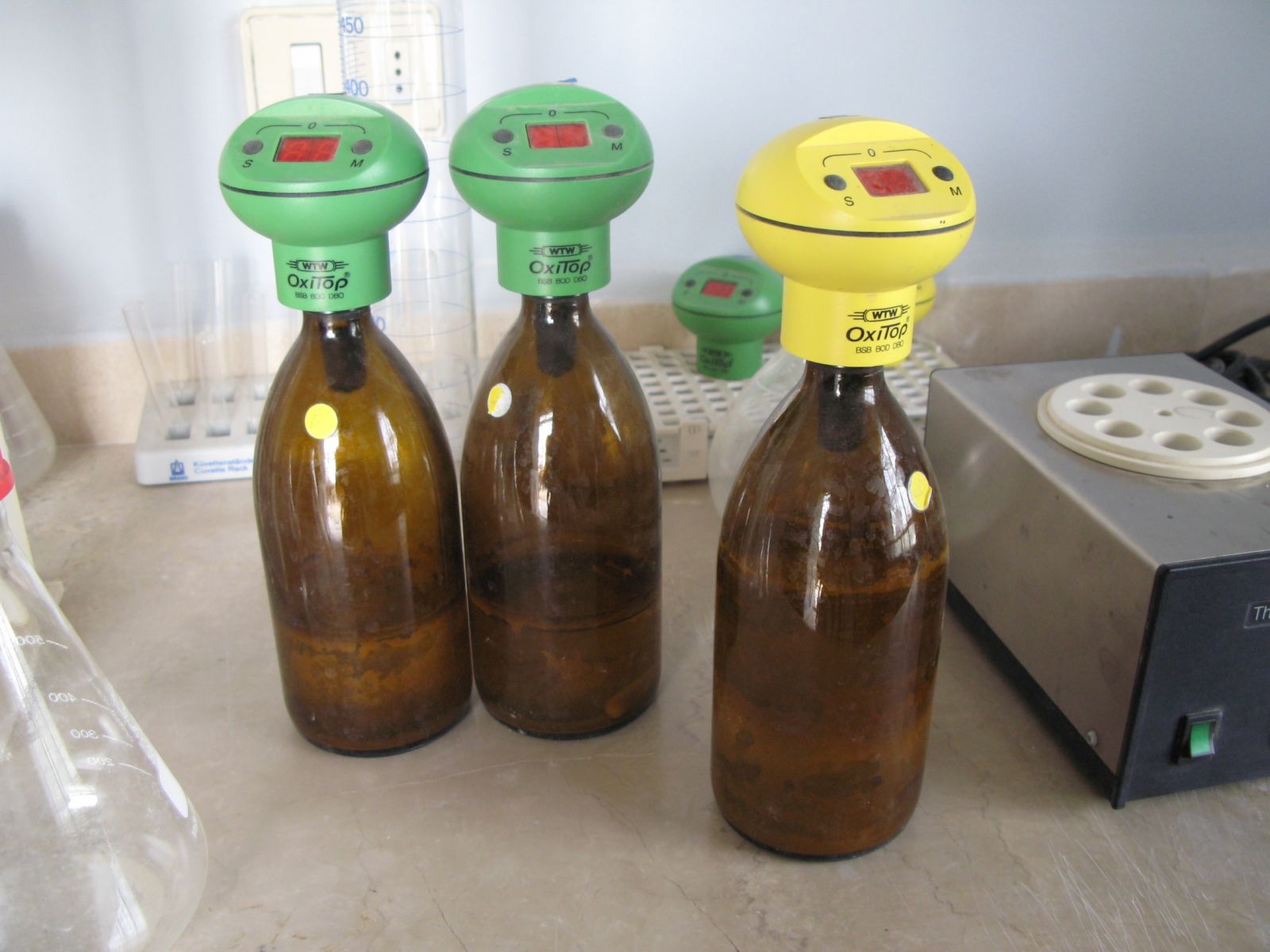In wastewater treatment systems, the BOD index is a key indicator for assessing the level of organic pollution and the operational efficiency of each treatment stage. Monitoring and optimizing BOD removal efficiency ensures compliance with current Vietnamese discharge standards (QCVN). This article provides a detailed analysis of BOD treatment performance at each stage, helping engineers and operators better understand the mechanisms of organic removal and how to improve system performance.
1. What is the BOD?
BOD (Biochemical Oxygen Demand) refers to the amount of oxygen required by microorganisms to decompose organic substances in wastewater under aerobic conditions. Typically measured over 5 days (BOD₅) and expressed in mg/L, BOD is a vital parameter for evaluating organic pollution in domestic, industrial, and surface water.
A high BOD concentration indicates the presence of large amounts of biodegradable organic matter, which poses a significant pollution risk if not treated properly. In wastewater treatment, BOD is a core parameter used to monitor biological units such as aerobic tanks, activated sludge, and stabilization ponds. It is also crucial for selecting the appropriate treatment technology. Effective BOD control contributes to energy savings, improved treatment efficiency, and environmental protection of the receiving water body.

What is BOD index in wastewater treatment?
2. Why Is BOD Removal Efficiency Important in Wastewater Treatment?
Monitoring BOD removal efficiency at each stage of a wastewater treatment system helps determine whether the treatment process is performing effectively. This is essential for identifying the root causes of operational failures or for understanding why the effluent BOD may not meet discharge standards. Without stage-by-stage efficiency tracking, systems may operate inefficiently, leading to overload in certain treatment units.
Furthermore, understanding BOD removal performance at each step allows for operational cost optimization through adjustments such as modifying hydraulic retention time, enhancing aeration, or upgrading technologies. In large-scale treatment plants, BOD efficiency is a benchmark for investment performance and is also used in project assessment and commissioning.
3. BOD Removal Efficiency by Wastewater Treatment Stage
3.1. Bar Screen – Coarse Solids Removal
This is the initial stage of the treatment process, designed to remove large objects such as trash, leaves, plastics, and fabrics. While it does not directly remove BOD, it plays a critical role in protecting downstream pumps and equipment from clogging or damage.
➡ BOD removal efficiency: ~0%, but indirectly enhances system stability.
3.2. Oil and Grease Separator
Industries such as food processing, commercial kitchens, or those using lubricants generate wastewater with high non-dissolved BOD in the form of oil and grease. Oil separators or dissolved air flotation systems help remove these substances.
➡ BOD removal efficiency: ~5–15%
3.3. Equalization Tank
This unit stabilizes flow rate and pollutant loading before biological treatment, preventing BOD shock loads to downstream microbial systems. While it does not reduce BOD directly, it ensures long-term efficiency of the overall system.
➡ BOD removal efficiency: 0%, but improves influent stability.
3.4. Coagulation – Flocculation – Sedimentation
Used for wastewater with high suspended and non-biodegradable BOD. Chemicals such as alum, PAC, and polymers form flocs that settle out.
➡ BOD removal efficiency: ~15–25%
3.5. Aerobic Biological Treatment (Aerotank, SBR, AAO, MBBR, MBR…)
This is the most crucial stage in organic matter removal. Aerobic microorganisms consume BOD as a food source, converting it to CO₂, water, and new biomass.
Estimated BOD removal efficiency by technology:
-
Conventional aeration (activated sludge): ~85–90%
-
SBR / Enhanced AAO: ~90–93%
-
MBBR: ~90–95% (due to biofilm carriers)
-
MBR (membrane bioreactor): >95% (highest efficiency)
➡ Optimal conditions: Maintain BOD:N:P ratio of 100:5:1, DO > 2 mg/L, and absence of toxic substances.
3.6. Secondary Clarifier
After BOD is biologically degraded, biomass (sludge) must be separated from treated water. Ineffective sludge removal can lead to suspended BOD in the effluent, causing standard violations.
➡ BOD removal efficiency: Indirect, but significant impact on final BOD level.
3.7. Disinfection (Chlorine, UV, Ozone)
This step does not treat BOD but eliminates pathogenic microorganisms. In some cases, strong oxidants like ozone may slightly degrade residual BOD.
➡ BOD removal efficiency: ~0%, with primary function being public health protection.
3.8. Tertiary Treatment (Sand Filtration, Activated Carbon, Adsorption, AOP)
Some systems require high-quality effluent for reuse or Category A discharge. Tertiary technologies help remove remaining BOD.
➡ Additional BOD removal efficiency: ~2–5%
|
Stage |
Estimated performance |
|
Pretreatment (mechanical – physicochemical) |
10–30% |
|
Biological treatment |
85–95% |
|
After treatment (filtering, sterilization) |
2–5% |
|
Overall system |
90–98% depending on design, load and operation |
Understanding the BOD treatment efficiency through each stage in the wastewater treatment system is the basis for controlling the wastewater quality at each stage and ensuring the final output water. With increasing pressure on the environment and the requirement for water reuse, optimizing BOD treatment efficiency is no longer an option, but a mandatory requirement for operators and investors. If you need in-depth advice on designing or renovating the wastewater treatment system, do not hesitate to contact Dai Nam for timely support.
